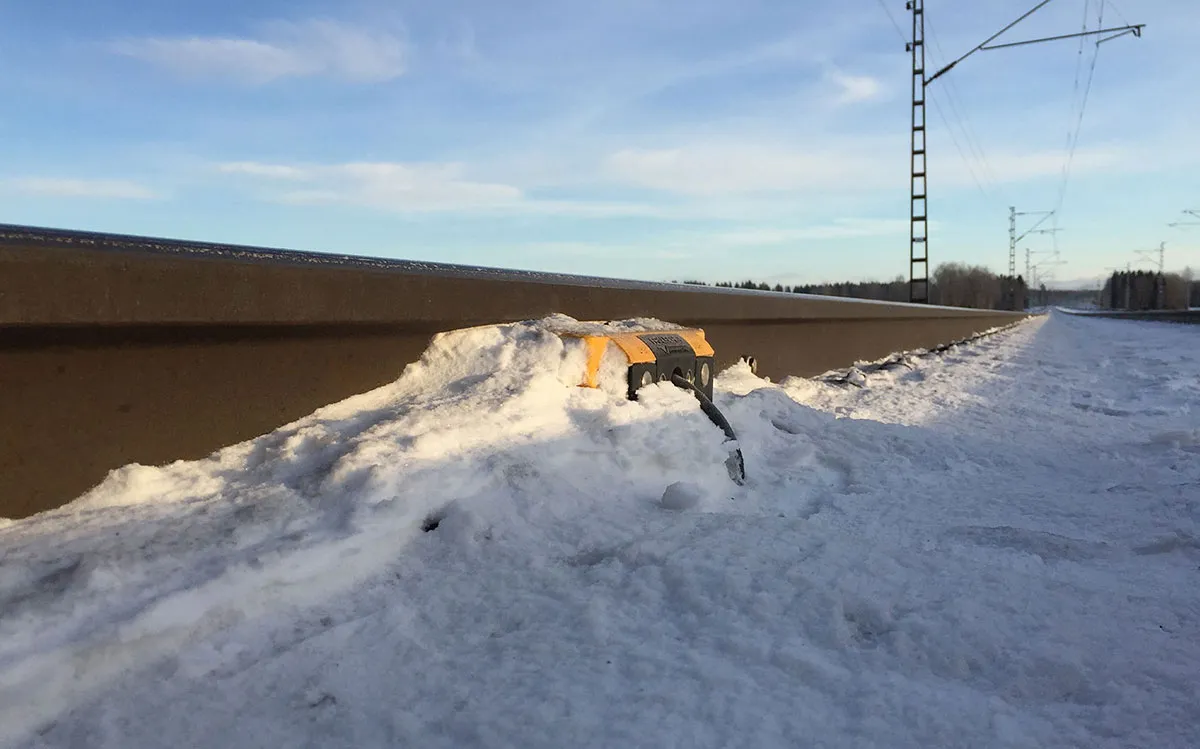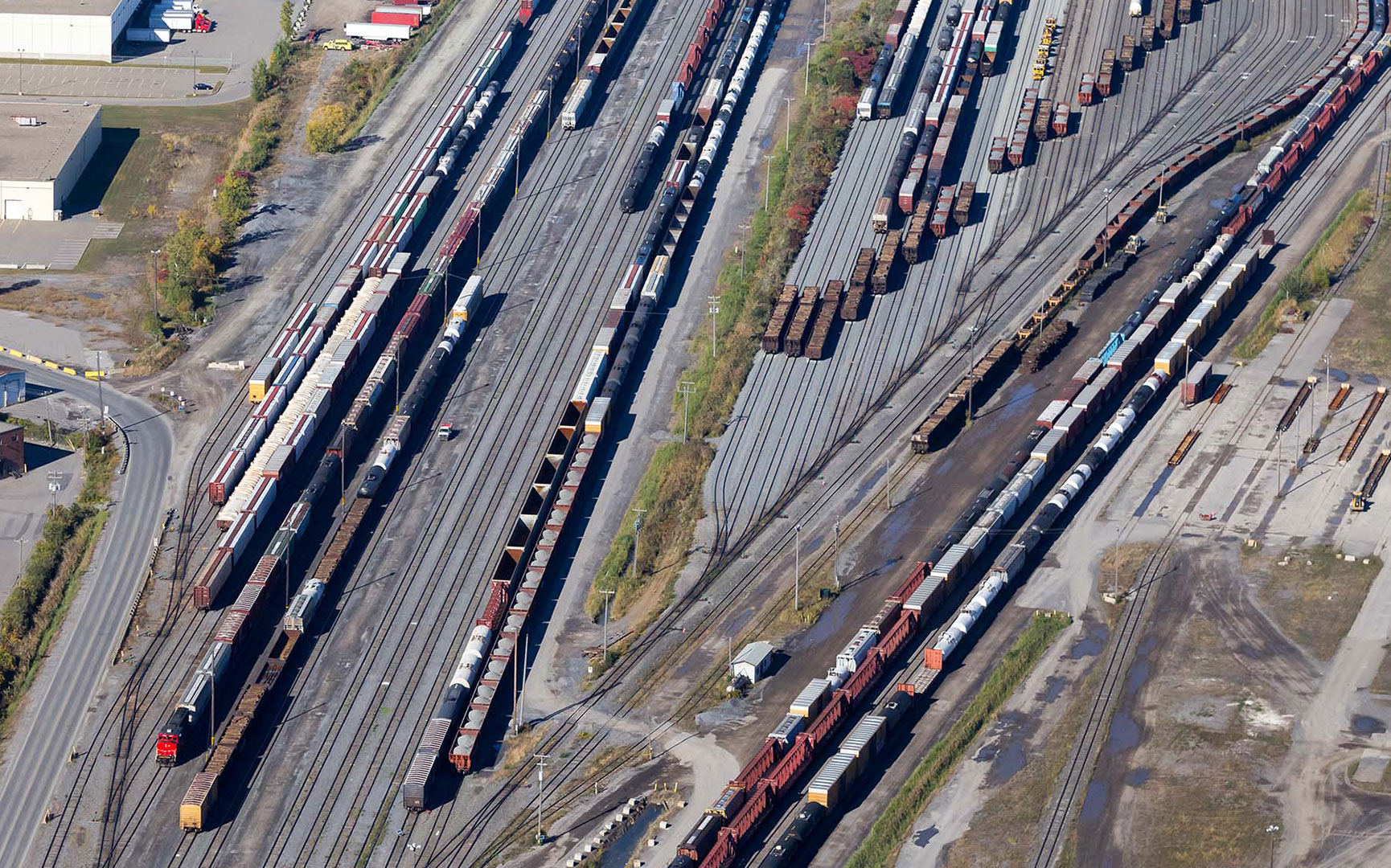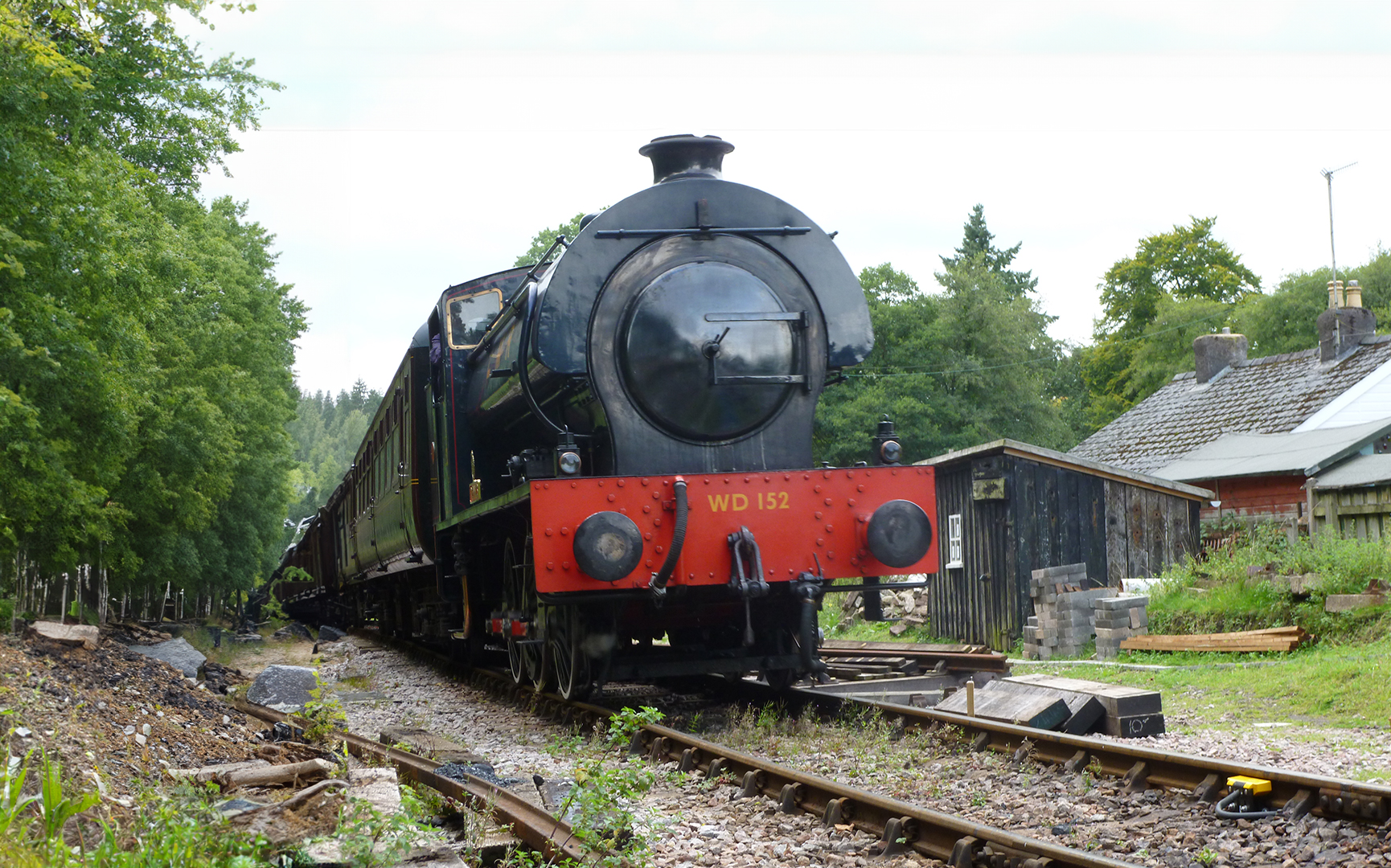Frauscher Sensor Technology has completed the divestiture to Wabtec Corporation.
Find Out MoreNotification Center

Train DetectionUnited Kingdom of Great Britain and Northern Ireland
Churnet Valley Heritage Railway
The Churnet Valley Heritage Railway preserves England's rich heritage of steam-powered rail transport. As the heritage railway pursued further expansion, the operator sought to implement modern and efficient signalling solutions for track vacancy detection. By integrating cutting-edge axle counting technology in the form of the Frauscher Advanced Counter FAdC®, the operator was able to increase the safety, availability and reliability of the railway operations. This modernisation effort was part of a broader strategy to preserve the railway's historic charm while embracing contemporary advancements to meet current and future demands.
Churnet Valley Heritage Railway offers a nostalgic steam train ride through time, embracing the rich railway history of the Moorlands. Led by a team of volunteers, Churnet Valley aims to preserve steam-powered rail transport. The railway is operated and maintained by a dedicated team of volunteers who share a common passion for preserving the legacy of this historical line and their efforts ensure that the significance and charm of these vintage trains are not only maintained but also celebrated.
As Churnet Valley embarked on a journey of expansion, a need arose to explore modern, efficient solutions for their upcoming project at Leekbrook junction and Cheddleton. The Churnet Valley Heritage volunteers approached the Frauscher UK & Ireland team for solutions to meet their operational need for train detection and seamless data integration to their Programmable Logic Controller (PLC).
Seamless Integration
Multiple secure outputs from FAdC® were seamlessly integrated with the current PLC system.
Comprehensive Support
On-site assistance during set-up and follow-up communication post-commissioning.
Accommodation of Last Minute Requests
Team Frauscher accommodated last minute requests for multiple track section outputs, utilising the full modularity and flexibility of FAdC®.
Consequently, the Frauscher Advanced Counter FAdC® alongside Frauscher Wheel Sensor RSR123 were used for the purposes of track vacancy detection, ensuring smooth, safe and efficient rail operations at all times.
The Frauscher UK & Ireland team had to mitigate unique challenges during installation. Utilising the modularity, scalability and flexibility of the FAdC®, the system was able to fulfil all the operational needs and requirements of the operator. Easy and efficient installation of the wheel sensors was ensured thanks to the patented Frauscher Railclaw which eradicated any drilling into the rail and reduced the dwell time of staff on the track.
Furthermore, our on-site assistance during set-up and follow-up communication post-commissioning ensured seamless integration of the FAdC® into larger systems, providing utmost customer satisfaction.
This might also interest you

Train DetectionChina
Fenghuang Maglev

Train DetectionFinland
Kokkola

Train DetectionUnited States of America
Frauscher Track Vacancy System FTVS Testing

Train DetectionUnited Kingdom of Great Britain and Northern Ireland
Maintaining the past, creating the future
